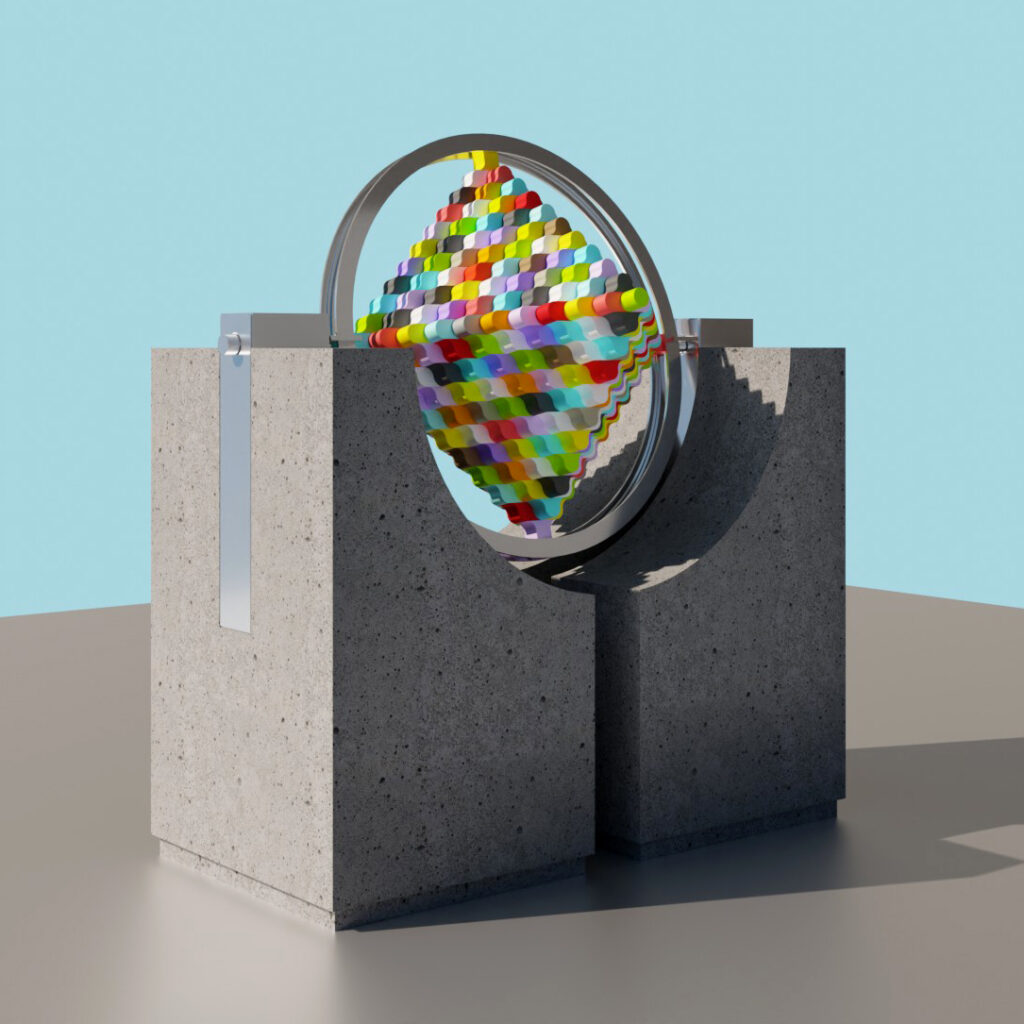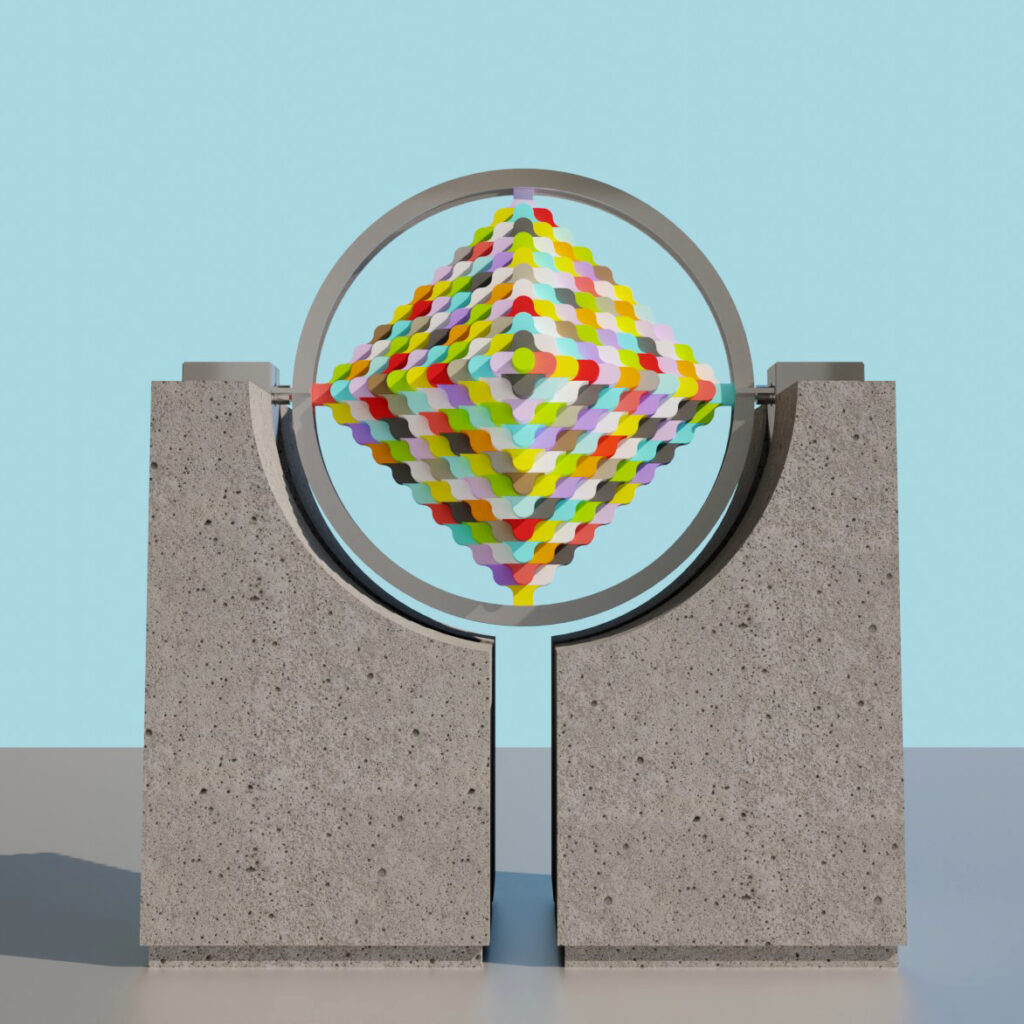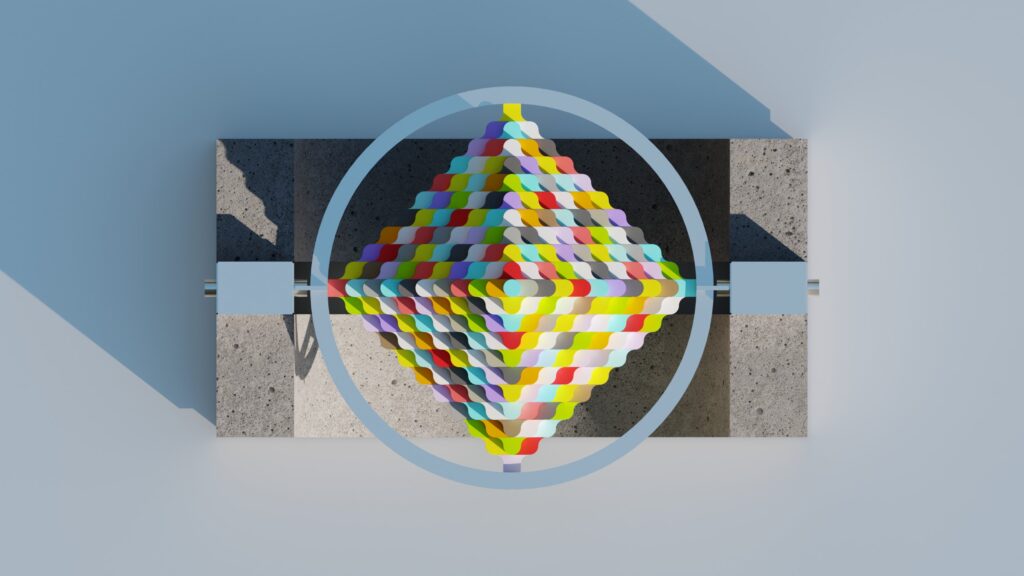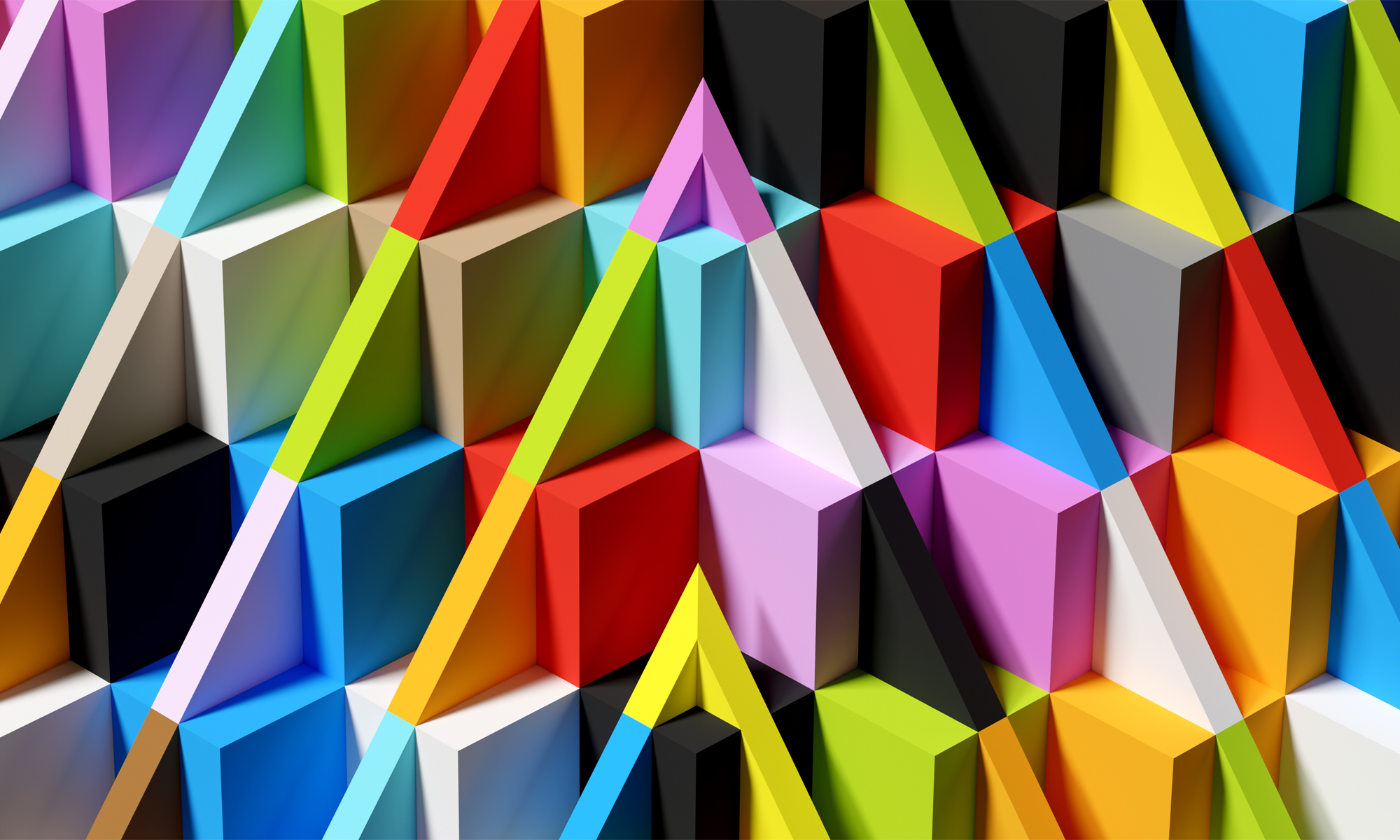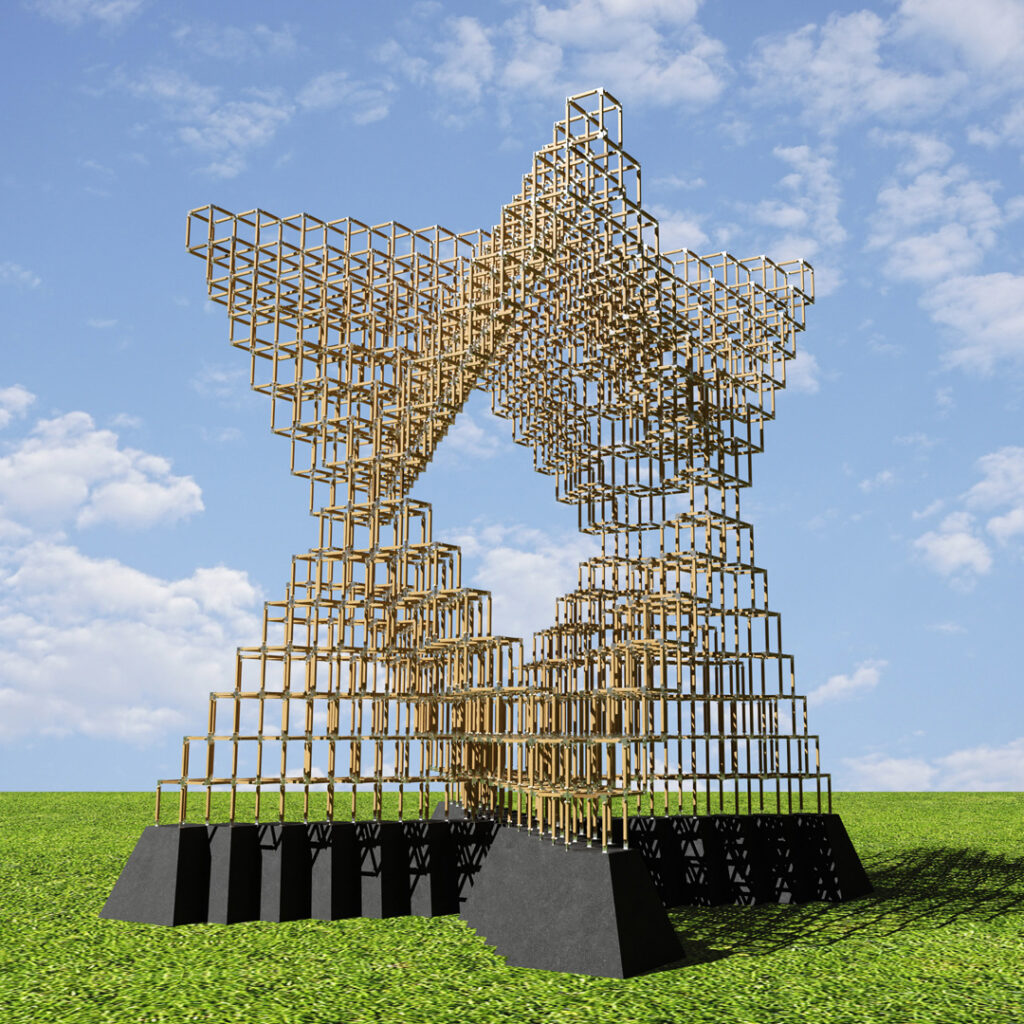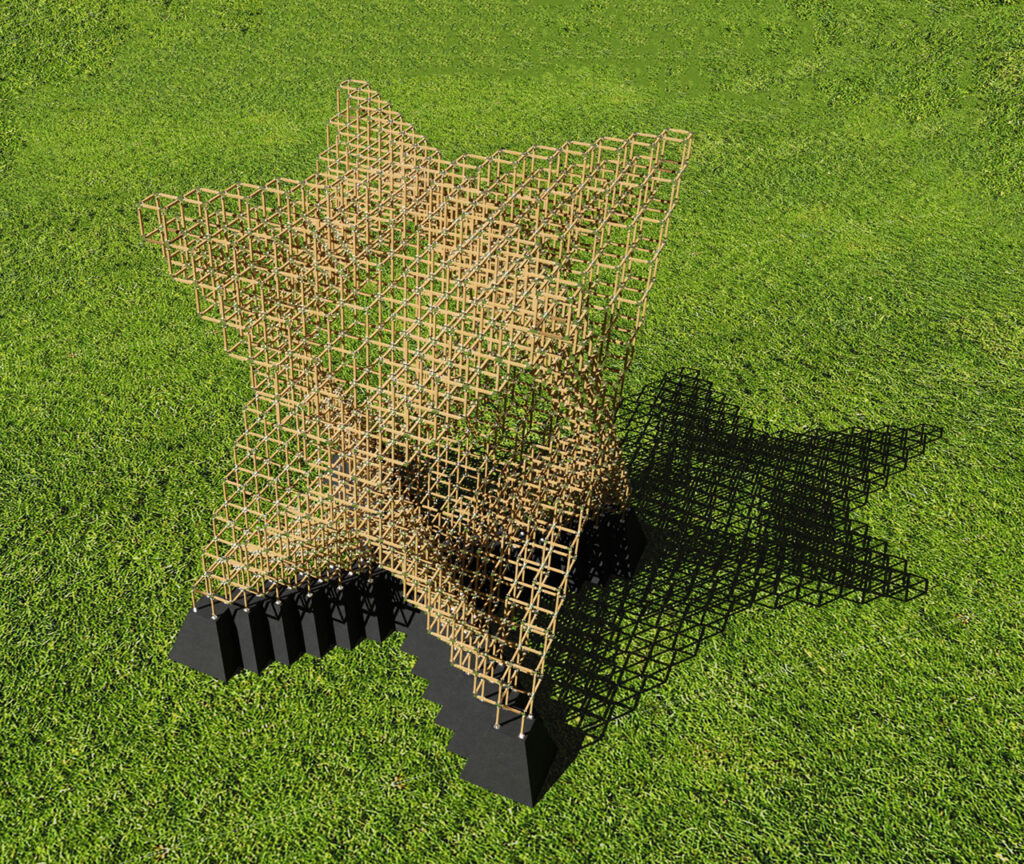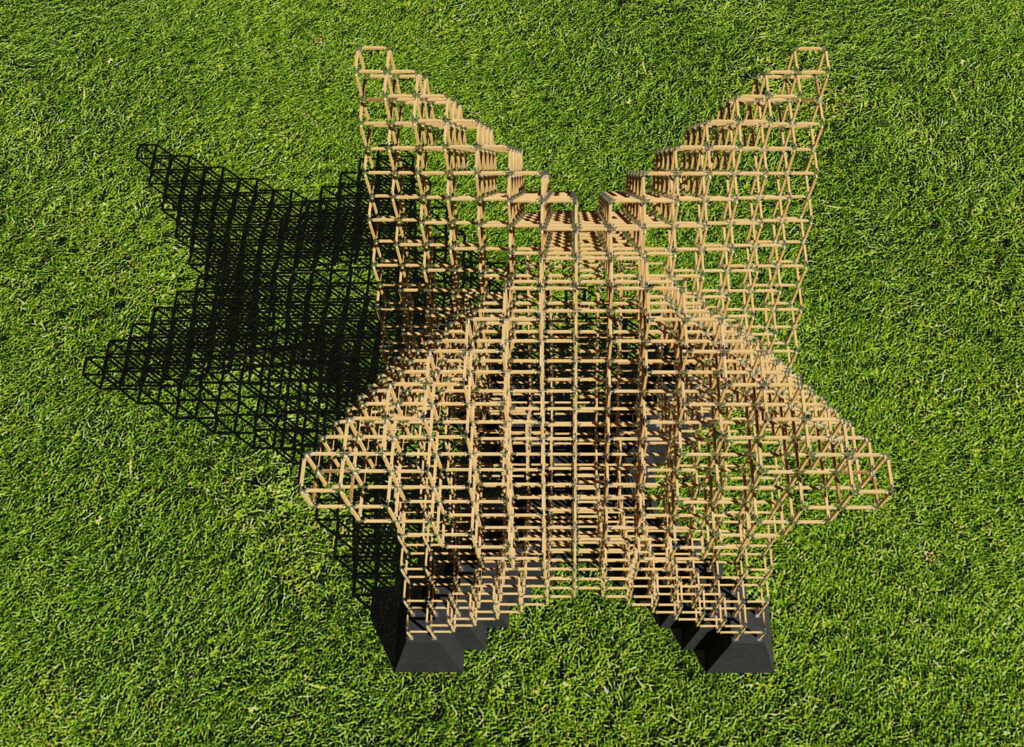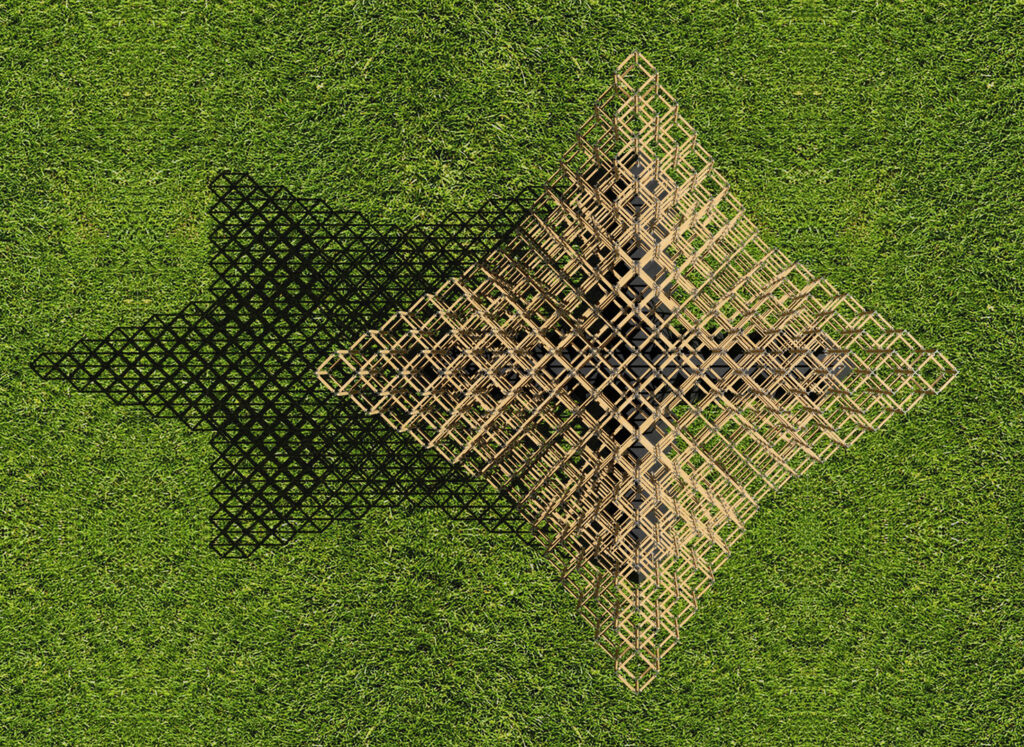MACHINA CURVARUM is a whimsical machine, devoid of practical function but nevertheless functional in a spiritual way. It functions as a sensory inducer. What senses does it induce? That is up to you.
An Octahedron formed from 402 modular blocks is set in a metal ring with modular appendages that connect to the ring on an internal track allowing it to spin freely inside it. The ring is attached to axles allowing it to spin freely. The axles are connected to metal supports that rise up and down on hydraulic cylinders. This structure is set into a pair of concrete bases. The concrete bases act as ballast to counteract the centrifugal forces of the spinning structure.
App: Blender
Music:
The Waltz Suite: I. The Building Site
Composer: Alfred Schnittke
Arranged and Conducted by Frank Strobel and performed by Berlin Radio Symphony Orchestra
For best viewing experience, watch on youtube (click link at bottom). Check that setting is on HD resolution and unmute sound.
